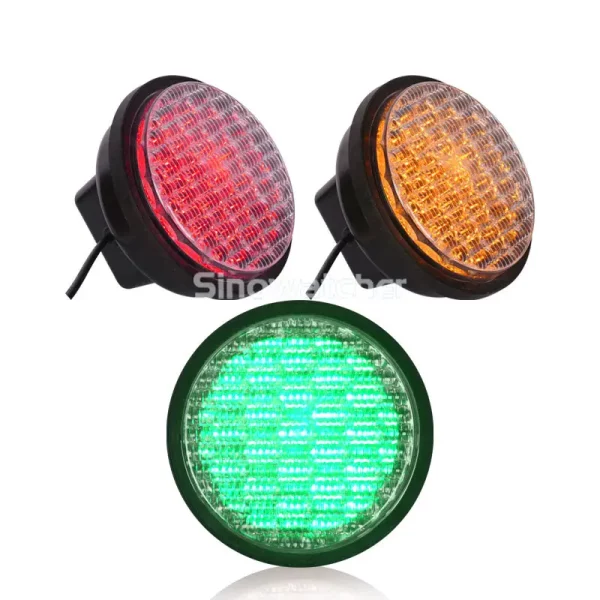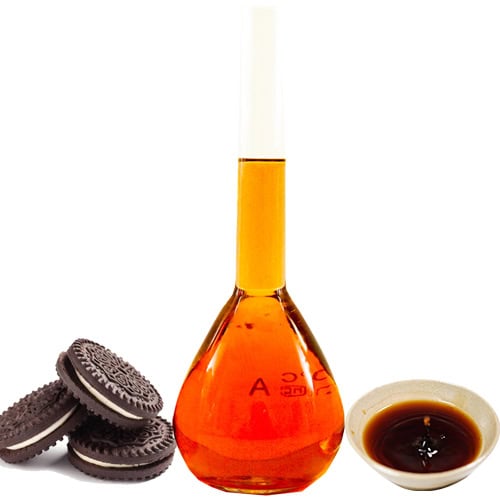目录
Consumers are becoming more attentive to the nutritional content of everyday condiments, and low sodium dark soy sauce has gained attention as a “healthier alternative” to traditional soy sauces. But is it truly better for your health—or just a clever label tweak? This article explores the key differences between standard and low sodium versions, analyzes health implications, and examines whether the reduced-salt variety holds up in flavor and function.
Understanding the Nutritional Difference in Low Sodium Dark Soy Sauce
What Does “Low Sodium” Mean?
Sodium is essential for bodily functions like fluid balance and nerve activity, but excessive intake is a known contributor to high blood pressure and cardiovascular diseases. The FDA defines “low sodium” as 140 mg or less per serving.
A standard dark soy sauce can contain between 800 mg to 1,000 mg of sodium per tablespoon, while a low sodium dark soy sauce generally contains 400 mg to 600 mg per tablespoon—a reduction of 30% to 50%.
| Soy Sauce Type | Sodium per Tablespoon | Color & Thickness | Flavor Profile |
| Regular Dark Soy Sauce | 800–1,000 mg | Dark, thick | Deep, rich, salty |
| Low Sodium Dark Soy Sauce | 400–600 mg | Dark, thick | Slightly milder, umami |
Key takeaway: The sodium content is lower, but not eliminated. Users still need to measure their intake, especially if they use soy sauce regularly.
Is Low Sodium Dark Soy Sauce Healthier? A Nutritional Comparison
1. Cardiovascular Health
- The American Heart Association recommends a sodium intake of no more than 2,300 mg per day, with an ideal limit of 1,500 mgfor most adults.
- One tablespoon of regular soy sauce can already account for 35%–45%of your daily sodium limit.
- In contrast, low sodium dark soy saucecuts that figure down to 15%–25%.
This reduction helps those with hypertension, heart conditions, or salt sensitivity manage their intake more easily while still enjoying familiar flavors.
2. Kidney Health
Excess sodium intake has been linked to increased stress on kidneys, leading to long-term damage. People with chronic kidney disease (CKD) are advised to limit high-sodium foods.
Switching to low sodium dark soy sauce provides a flavor alternative without forcing total elimination of umami-rich condiments from the diet.
3. Weight and Water Retention
High sodium intake causes the body to retain water, which can lead to bloating and weight fluctuation. Although not a direct cause of weight gain, reducing sodium intake—even from sauces—can contribute to a leaner appearance and reduce discomfort in sensitive individuals.
Taste and Functionality: Does Less Sodium Mean Less Flavor?
Some consumers worry that low sodium dark soy sauce may compromise the rich flavor characteristic of traditional versions. However, manufacturers often adjust the fermentation time or add natural flavor enhancers (like mushroom extract or aged soy) to compensate.
Let’s break it down:
Taste Retention Techniques Used in Low Sodium Varieties
- Longer fermentation: Builds a richer umami profile to offset lower salt.
- Natural flavor enhancers: Ingredients like shiitake, kelp, or tamari.
- Color retention: Caramelized sugar and molasses still provide the dark color and viscosity.
Blind taste tests have shown that over 70% of participants could not distinguish low sodium from regular dark soy sauce when used in stir-fries and marinades.
So, in most cooking scenarios, low sodium dark soy sauce performs nearly identically in both color and depth of flavor, especially when blended with other ingredients.
Low Sodium vs. Regular Soy Sauce: Who Should Make the Switch?
Low sodium dark soy sauce is especially beneficial for:
- Individuals with high blood pressure
- Those monitoring daily salt intake
- Elderly consumers
- People with kidney-related conditions
- Health-conscious cooks looking to reduce sodium without sacrificing flavor
However, athletes or individuals with high sodium requirements (due to sweat loss or intensive activity) may not need to avoid regular soy sauce.
| User Type | Recommended Option |
| Hypertensive individuals | Low sodium dark soy sauce |
| Athletes and heavy sweaters | Either, based on intake |
| General healthy adults | Either, but moderate portions |
| Seniors | Low sodium preferred |
What to Look for When Buying Low Sodium Dark Soy Sauce
- To ensure you’re getting an authentic, low-sodium product:
- Check the nutrition label: Ensure sodium content is below 600 mg per tablespoon.
- Look for “naturally brewed”: Fermented options usually have richer flavor and fewer additives.
- Avoid added MSG or artificial coloring: These are sometimes used to enhance flavor in poor-quality sauces.
Brands like Kikkoman, Lee Kum Kee, and Yamasa offer verified low sodium dark soy sauce options that meet international food safety and labeling standards.
Final Thoughts
Switching to low sodium dark soy sauce is a simple, effective way to cut sodium intake without sacrificing the deep, savory flavors associated with Asian cooking. Whether you’re managing your blood pressure or just aiming for healthier meals, this condiment swap can make a real impact.
While no single ingredient determines the healthiness of a meal, condiments like soy sauce often go unnoticed in daily sodium tracking. By choosing a low sodium dark soy sauce, consumers take one small step toward better health—without giving up taste or authenticity.
0











